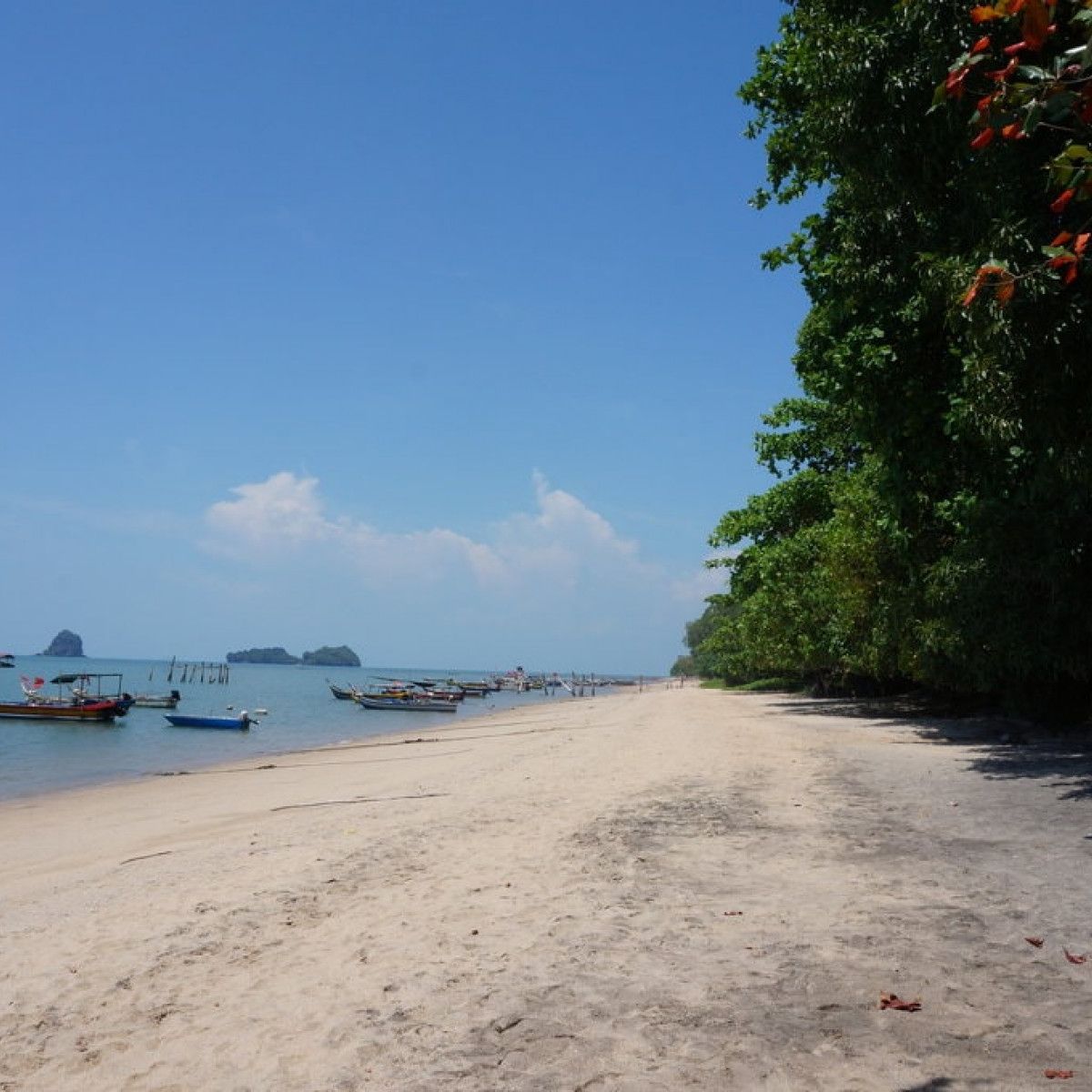The Unusual Allure of Black Sand Beaches in Europe
Have you ever dreamt of strolling along a beach with sand as dark as midnight? While white sandy shores are the quintessential image that comes to mind when thinking about beaches, Europe hides a unique and unusual treasure: black sand beaches. These mysterious and captivating stretches of coastline offer a distinct and mesmerizing experience for beachgoers. Let’s dive into the intriguing world of black sand beaches in Europe and uncover the geological wonders, cultural significance, and the best destinations to explore.
1. Nature’s Palette: The Geological Marvel
The rich, ebony hue of black sand beaches is not a mere accident of nature. It is a geological masterpiece shaped by volcanic activity. When molten lava from a volcanic eruption meets the cool waters of the ocean, it quickly solidifies into black basalt. Over time, the relentless tides break down these basalt rocks into fine particles, creating the striking black sand that blankets certain European shores.
The most renowned black sand beaches are often found in volcanic regions, such as the Azores, Iceland, and the Canary Islands. Each grain of black sand tells a story of the Earth’s fiery past, making these beaches not only picturesque but also geological archives.
2. A Cultural Tapestry: Black Sand Beaches and Local Traditions
Beyond their geological significance, black sand beaches are often deeply woven into the cultural tapestry of the regions they adorn. Take the Icelandic black sand beach of Vik, for example. Framed by dramatic basalt columns and the Reynisdrangar sea stacks, this beach is not only a visual spectacle but also a place rich in folklore. Local legends speak of trolls who were turned to stone upon exposure to daylight, and the striking basalt columns are said to be remnants of these mythical creatures.
Similarly, in the Azores, the black sand beaches are not just geological wonders but serve as communal gathering spaces. The locals often organize festivals and events on these unique shores, celebrating their connection to the volcanic land that sustains them.
3. Hidden Gems: Lesser-Known Black Sand Beach Destinations
While the world-famous black sand beaches like Perissa in Santorini or Reynisfjara in Iceland attract crowds, Europe harbors some hidden gems that promise a more intimate experience. El Golfo in Lanzarote, Spain, boasts a green lagoon contrasting beautifully with its black sands, creating a surreal landscape. For a tranquil escape, the remote Djúpalónssandur beach in Iceland offers solitude amidst its otherworldly surroundings.
Exploring these lesser-known destinations allows you to connect with the raw beauty of nature without the bustling crowds, providing a more authentic and personal encounter with Europe’s black sand wonders.
4. Practical Tips: Making the Most of Your Black Sand Beach Adventure
Before embarking on your black sand beach adventure, consider these practical tips to ensure a memorable experience. Firstly, wear sturdy footwear as the volcanic sand can be rough on bare feet. Secondly, be mindful of the environment; these unique ecosystems are delicate, so tread lightly and avoid disturbing the natural surroundings. Thirdly, check the weather conditions, as some black sand beaches can be windy and prone to strong currents. Lastly, don’t forget your camera to capture the breathtaking contrast of the dark sand against the vibrant ocean and sky.
Frequently Asked Questions (FAQs)
Q1: Are black sand beaches safe for swimming? A1: While many black sand beaches are safe for swimming, it’s crucial to be aware of local conditions. Some beaches may have strong currents or unpredictable waves, so always check safety guidelines and adhere to any warnings provided by authorities.
Q2: Can I find black sand beaches in non-volcanic regions? A2: While black sand beaches are predominantly associated with volcanic activity, there are exceptions. Some non-volcanic areas may have black sand due to other geological processes, though these instances are less common.
Q3: What makes black sand beaches unique for photography? A3: The stark contrast of the dark sand against the ocean and sky creates a visually stunning backdrop for photography. The unique textures and geological formations, such as basalt columns and sea stacks, add an extra layer of intrigue to your images.
Embark on a journey to Europe’s black sand beaches, where the interplay of nature and culture creates a truly enchanting experience. From the geological marvels to the local traditions, these beaches offer more than just a picturesque view – they unveil the Earth’s story and invite you to become a part of it. So, pack your bags, put on your adventurous spirit, and get ready to explore the unusual allure of black sand beaches in Europe.

